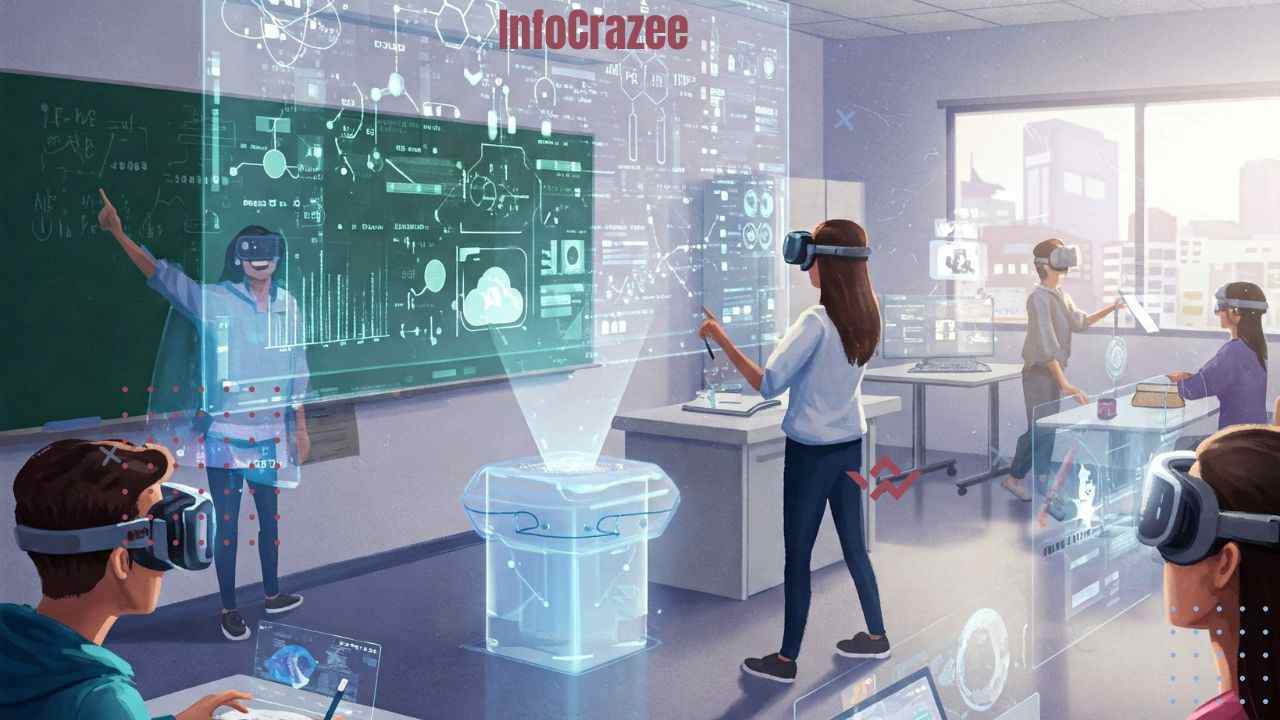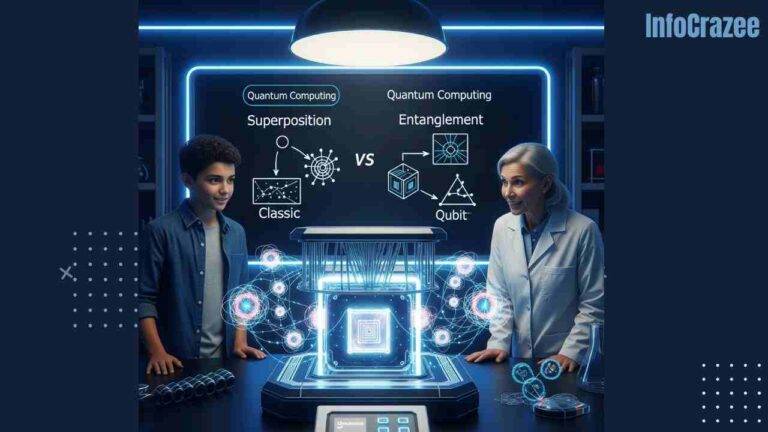Future Technology in Education: How Tech Is Shaping the Classrooms of Tomorrow
Technology is changing almost every part of our lives, and education is no exception. From smart classrooms to virtual learning, the way we teach and learn is evolving faster than ever. In the future, classrooms will be filled with more than just books and blackboards—they’ll be powered by tech that’s smarter, more interactive, and designed to make learning fun and personalized.
In this article, we’ll explore how future technology is transforming education and what it means for students, teachers, and parents.
The Rise of Smart Classrooms
Imagine a classroom where everything is connected. Students use tablets, teachers have digital lesson plans, and the board itself is a touchscreen that can display videos, interactive quizzes, and more. That’s the reality of smart classrooms.
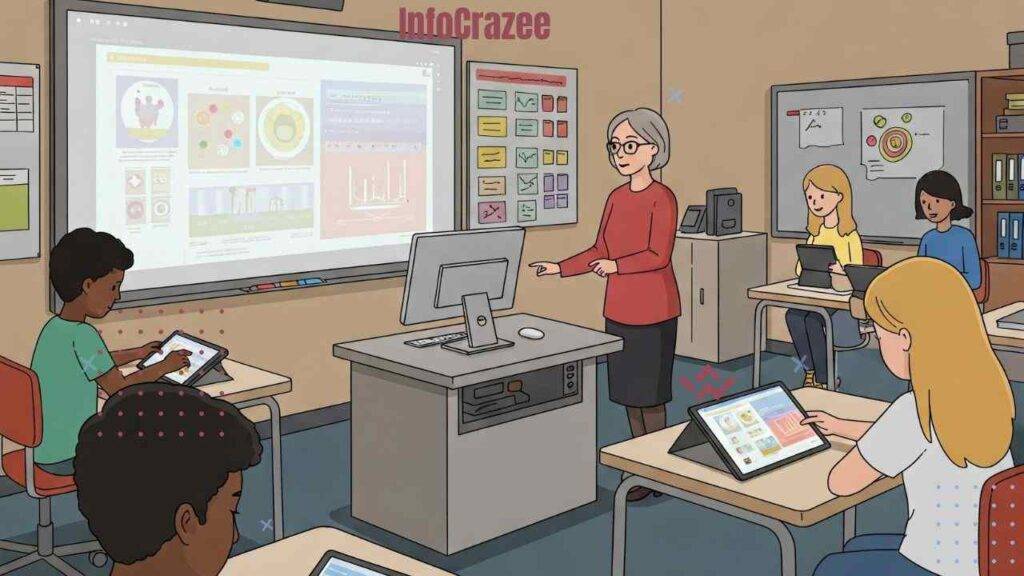
These classrooms use technology to streamline the learning experience, helping students learn in ways that are more engaging and efficient. For example:
- Interactive whiteboards: Forget the old chalkboards. Today’s smart boards allow teachers to display lessons, videos, and interactive content with just a touch.
- Learning management systems (LMS): Teachers can upload assignments, track student progress, and communicate with students directly through platforms like Google Classroom, Blackboard, or Moodle.
- Real-time feedback: Tech makes it possible for students to get instant feedback on quizzes, assignments, and tests—helping them learn from mistakes immediately.
With the rise of smart classrooms, education is becoming more engaging and personalized, paving the way for a deeper connection between students and their learning environment.
Personalized Learning with AI
One of the most exciting innovations in education is the use of Artificial Intelligence (AI). In the future, AI will make education more personalized than ever. Instead of a one-size-fits-all approach, AI will tailor lessons to each student’s unique learning style and pace. Here’s how:
- Customized lessons: AI can analyze a student’s strengths and weaknesses and suggest lessons or activities that target areas where they need improvement.
- AI tutors: Imagine having a tutor available 24/7. AI-powered virtual tutors can help students with homework, provide explanations, and guide them through challenging concepts.
- Adaptive learning platforms: Platforms like Khan Academy or Duolingo use AI to adjust the difficulty of lessons based on how well a student is doing, making learning feel less frustrating and more rewarding.
With AI, students are getting a more customized experience that matches their learning needs, helping them succeed at their own pace.
Virtual and Augmented Reality in the Classroom
Virtual Reality (VR) and Augmented Reality (AR) are technologies that are making their way into classrooms to create immersive learning experiences. These tools can transport students to new worlds or bring abstract concepts to life in ways that were impossible before.
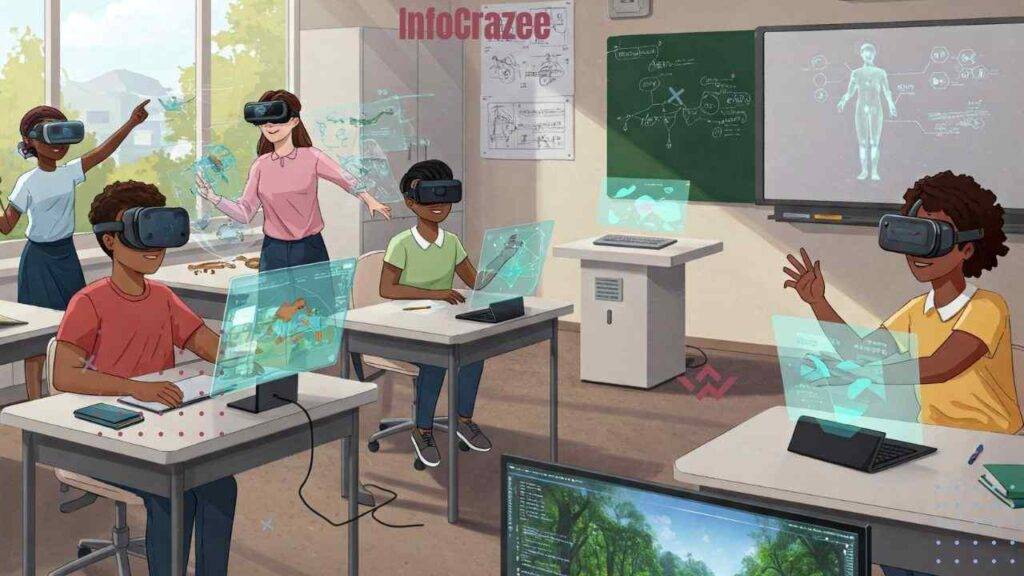
- Field trips from your desk: With VR, students can take virtual field trips to far-off places, like ancient Egypt or the surface of Mars, all without leaving the classroom. This opens up opportunities to explore the world beyond textbooks.
- Interactive learning: AR can bring subjects like science and history to life. Imagine a biology lesson where students can interact with 3D models of the human body or a history lesson that places them inside ancient ruins.
- Hands-on practice: VR and AR allow students to try things they might not be able to do in real life. For example, a medical student can practice surgeries in a virtual environment, or a chemistry student can conduct experiments without the risk of breaking anything.
These technologies are giving students a chance to experience education in a whole new way, making it more engaging, interactive, and memorable.
The Role of Gamification in Learning
Gamification is about turning learning into a fun, interactive game. It’s a powerful tool to keep students motivated and engaged. Instead of traditional tests and quizzes, students might earn points, badges, or rewards for completing tasks or mastering new skills.
- Learning through play: Gamified learning platforms like Kahoot! and Quizlet make it easy to turn studying into a competitive game, helping students learn in a low-pressure, enjoyable way.
- Skill-building: Many educational games focus on skill-building, teaching things like math, coding, or language skills through interactive challenges that are both fun and educational.
- Instant feedback and rewards: With gamification, students get real-time feedback on their progress, keeping them motivated to continue learning and improving.
Gamification is a great way to transform the typical classroom into an exciting environment that encourages students to keep learning through fun, interactive activities.
The Future of Collaboration: Cloud-Based Learning
Collaboration is key in the modern world, and cloud-based tools are helping students work together no matter where they are. Cloud services like Google Docs, Microsoft OneDrive, and Dropbox allow students to share documents, collaborate on projects, and access learning materials from anywhere.
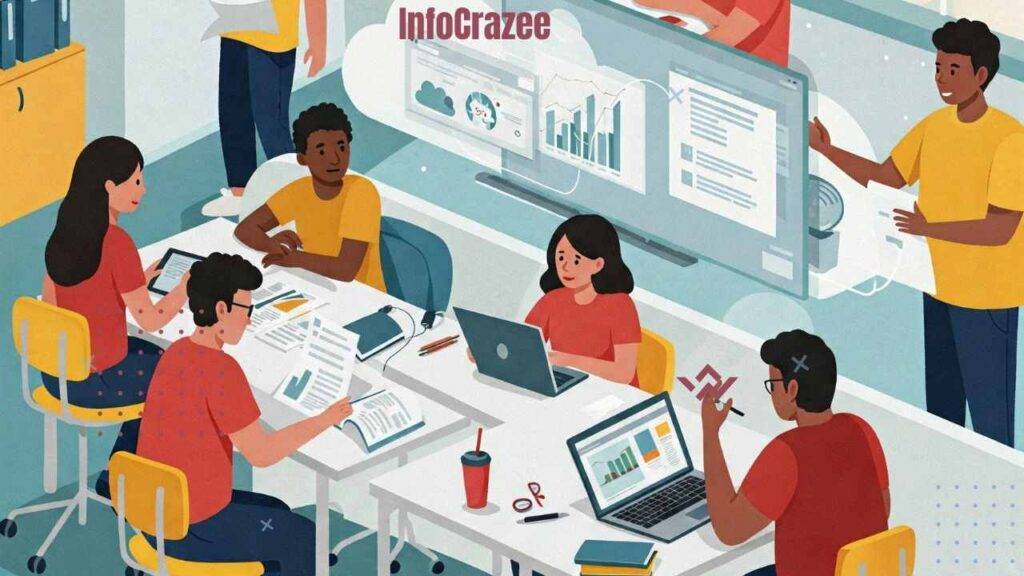
- Remote learning: With cloud-based platforms, students can learn from anywhere, making remote education more accessible and flexible. Whether they’re at home or on vacation, students can access their lessons and assignments.
- Collaborative projects: Cloud tools make it easy for students to work together on projects, even when they’re not in the same room. They can share files, communicate via chat, and work on presentations together in real-time.
Cloud-based tools are helping break down barriers, allowing students to collaborate more easily and access learning materials whenever they need them.
FAQ
Q1: How will AI affect my child’s education?
AI will help personalize your child’s learning experience, ensuring they get the right level of challenge and support. AI-powered tools can adapt lessons to fit their needs and provide additional resources when necessary, making learning more efficient and fun.
Q2: What is gamification, and why is it important?
Gamification turns learning into a game, adding elements like rewards, points, and challenges to keep students engaged. It makes education more enjoyable, motivating students to participate and improve their skills.
Q3: Are virtual reality and augmented reality really useful in classrooms?
Yes! VR and AR allow students to experience lessons in an interactive way, like visiting historical sites or conducting virtual science experiments. These immersive experiences help students learn better by engaging their senses and imagination.
Conclusion
The classrooms of tomorrow will look very different from the ones we remember. Technology is transforming education by making it more personalized, interactive, and accessible. From smart classrooms to AI-powered tutors and immersive VR experiences, tech is making learning more exciting and effective. Whether you’re a student, teacher, or parent, the future of education is something to look forward to!
